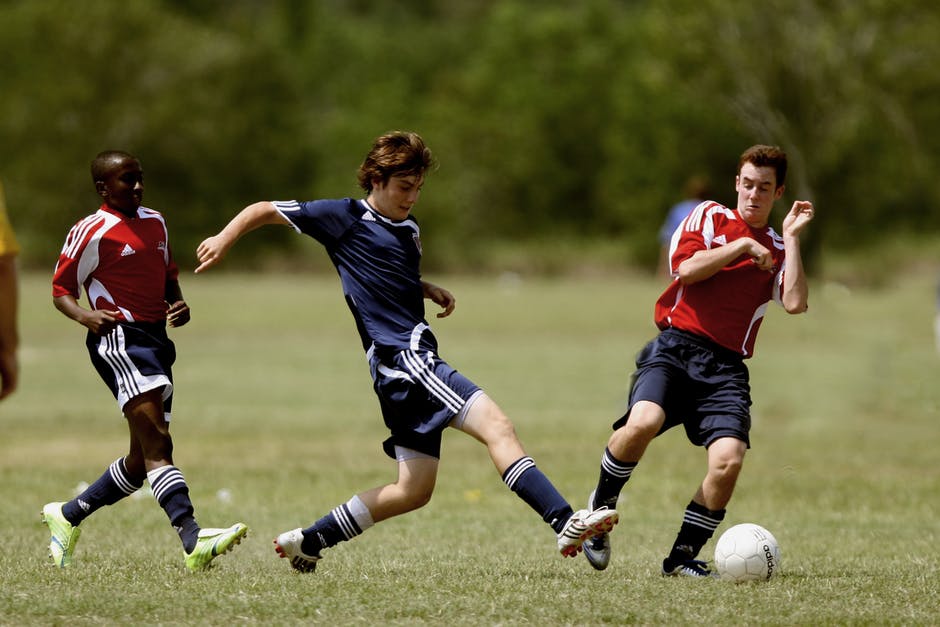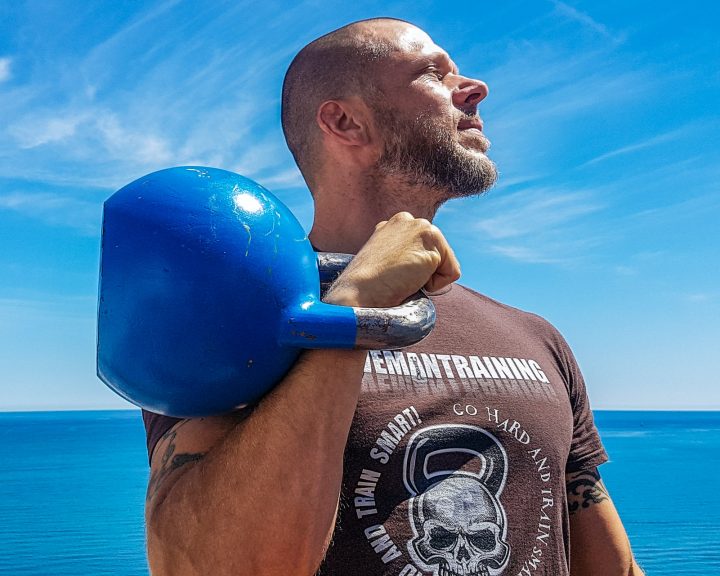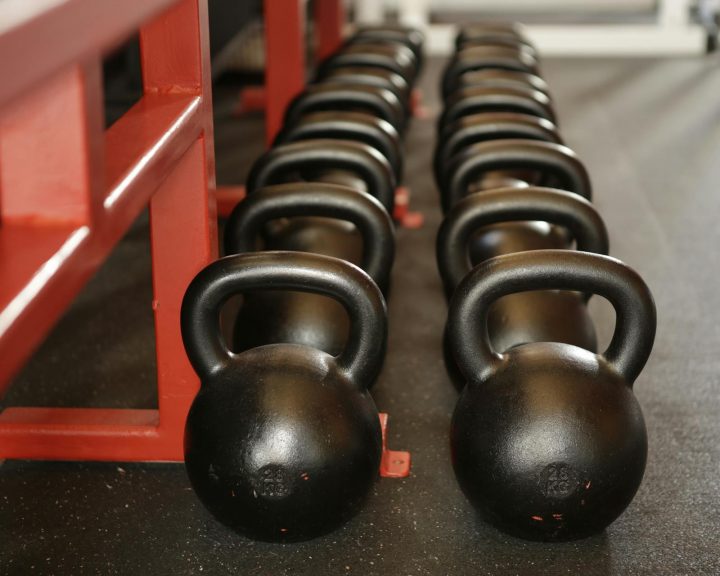Despite everything that we know about the hamstrings, hamstring injuries, sprinting, and the sport of soccer, this is still a big problem in soccer. Researchers in the Netherlands published a study taking a serious look at attempting to prevent hamstring injuries in soccer players.
Normally when talking soccer players and the prevention of hamstring injuries we read about Nordic hamstring exercises. The thinking is that this is an effective exercise due to the eccentric focus of the exercise. The authors point out that despite attempts at intervention, the numbers of hamstring injuries are still increasing.
With this in mind, the authors in a Scandinavian Journal of Medicine and Science in Sports article attempted an intervention with 400 male soccer players. One group of players was assigned to the intervention group. The intervention group did a 12-week program that began with concentric exercises (lunges), moved to eccentric exercises, then plyometric exercises (bounds). This was in addition to their regular soccer training. The control group just did their regular soccer training.
Results:
- The athletes studied suffered almost 60 new hamstring injuries and 8 recurrent hamstring injuries. Of those new injuries, 31 were in the intervention group and 26 in the control group. 4 recurrent injuries were suffered by both groups.
- The intervention group suffered 1.12 injuries per 1000 soccer hours. The control group suffered 1.39 injuries per 1000 soccer hours.
- The intervention group suffered more than 30 days of play from injuries, the control group suffered more than 20 days of play from injuries.
The first thing to address is that the exercise program wasn’t a magic bullet for preventing hamstring injuries. Basically it did not have an effect on preventing injuries. So if Nordic hamstring exercises and a well thought-out plyometric program don’t work, what will?
In my opinion, there’s not going to be a magic bullet for preventing sprinting-related hamstring injuries. Let me explain this. Stretching doesn’t do it, dynamic warm ups don’t do it, strength training doesn’t do it, sprinting technique doesn’t do it, in other words no single thing prevents hamstring injuries associated with sprinting. The reality is that sprinting and suddenly changing directions, like athletes do in sports, may be an unnatural act for the hamstrings and the best way to prevent the injuries is to stop participating in sports!
It’s like saying I’m going to start doing internal rotation exercises to prevent rotator cuff injuries in pitchers. That alone isn’t going to do it because pitching a baseball at high velocities, 100 times a game, is an unnatural act for the shoulders.
I think the best approach is to take a broad approach towards this issue. First, on the field we need to make sure the athlete is sprinting and performing changes of direction with consistently good technique. Second, on the field the athlete can be working on mobility and bodyweight exercises that emphasize the hamstrings. In conjunction with all of this the athlete can be strengthening their lower body, strengthening the hamstrings in the lengthened position, and working on eccentric strength. The point being this is a big problem and needs to be addressed in multiple areas.
The chart below summarizes all of this:
| Focus | Location | Sample Exercises |
| Sprinting technique | On the field/track | Bounding High knees Skips Heel to hip A drills |
| Change of direction technique | On the field/track | Shuffling Starting/stopping Turning Curves Backpedaling |
| General lower body strength | Weight room | Squats Lunges Step ups Split squats Romanian deadlifts Deadlifts Deficit deadlifts Good mornings Back raises Glute ham raises Reverse hyperextensions |
| Eccentric lower body strength | Weight room | Pause lifts Eccentric lifts Nordic hamstrings |
| Mobility/bodyweight strength | Weight room/on the field/track | Leg swings Eagles Marches Inchworms Crab walks |
| Plyometrics | Weight room/on the field/track | Bounding Skips Horizontal jumps Vertical jumps Medicine ball throws |
Van de Hoef, P.A., Brink, M.S., Huisstede, B.M.A., van Smeden, M., de Vries, N., Goedhart, E.A., Gouttebarge, V., and Backx, F.J. (2019). Does a bounding exercise program prevent hamstring injuries in adult male soccer players? – A cluster-RCT. Scandinavian Journal of Medicine and Science in Sports, 29, 515-523.




